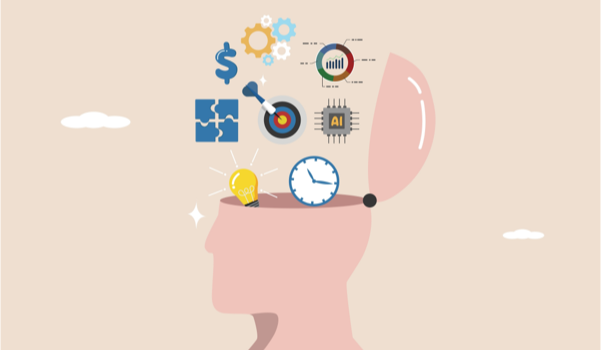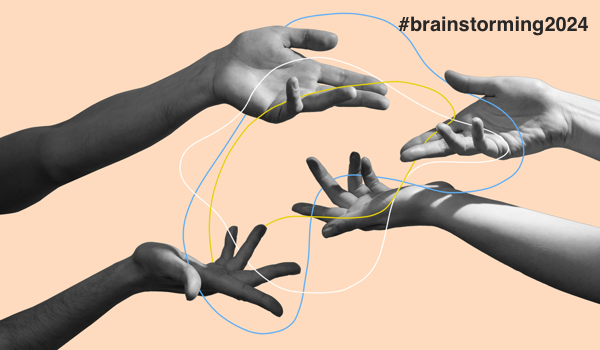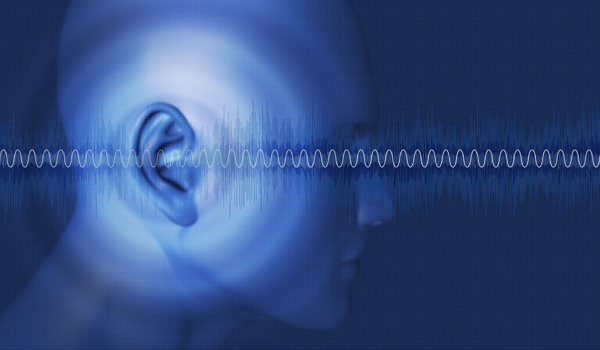


DEGGENDORF, GERMANY - In recent years, many have heard of quantum computing (QC) and some of its hyped capabilities such as ‘super-fast computers.’ Most, however, do not understand how this technology works and what challenges are involved when implementing large-scale quantum computers. This article will explore some of the core concepts of QC and its potentials and discuss why they will probably remain in niche applications in the foreseeable future.
QC’s Promise
Traditional computers are made of bits, whose states are either 0 or 1. A bit is a switch turned on or off, or whether electricity travels through a circuit or not. This resembles an understanding of our environment and classical physics. In quantum theory, however, a tiny particle, such a photon or electron, can be in multiple locations at the same time. This concept is called ‘superposition’ and confuses most people at first sight. The idea of QC is to take advantage of quantum physics for a new computational paradigm. Quantum computers are made of quantum bits, or qubits in short, that can be in states 0 and 1 in parallel thanks to superposition. By combining multiple qubits, a quantum computer can then be in a superposition of a large number of states. QC thus has the potential to solve certain computational optimization problems substantially faster because of the resulting quantum parallelism.
QC Influence in the US and Europe
The theory of QC began in the 1980s but most of today’s theoretical foundations were published in the 1990s. Early quantum computers of the US-based company D-Wave have been available since 2011. D-Wave uses a simplified QC model called ‘quantum annealing.’ While that model has received criticism for being limited, it is the most practical approach that already works today. The first D-Wave quantum computer outside the US was installed in 2019 a
The content herein is subject to copyright by The Yuan. All rights reserved. The content of the services is owned or licensed to The Yuan. Such content from The Yuan may be shared and reprinted but must clearly identify The Yuan as its original source. Content from a third-party copyright holder identified in the copyright notice contained in such third party’s content appearing in The Yuan must likewise be clearly labeled as such. Continue with Linkedin
Continue with Linkedin
 Continue with Google
Continue with Google










 2494 views
2494 views







